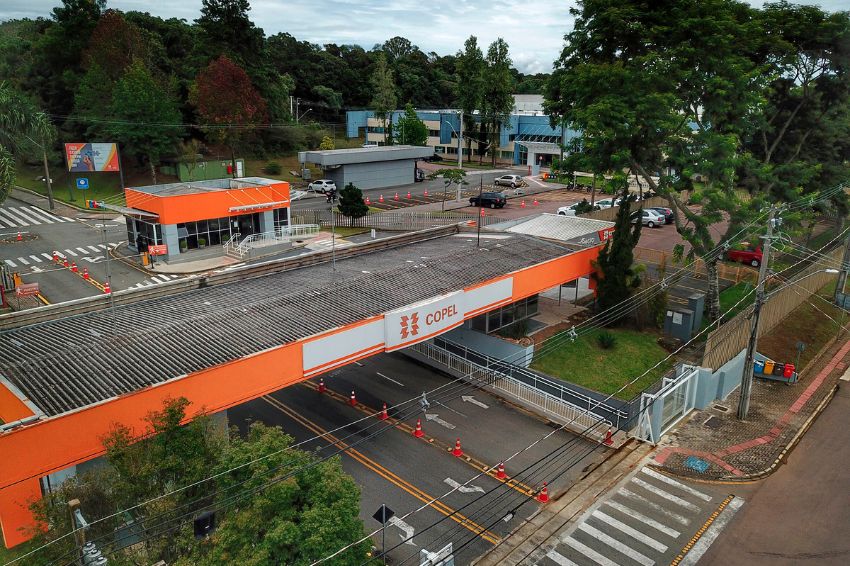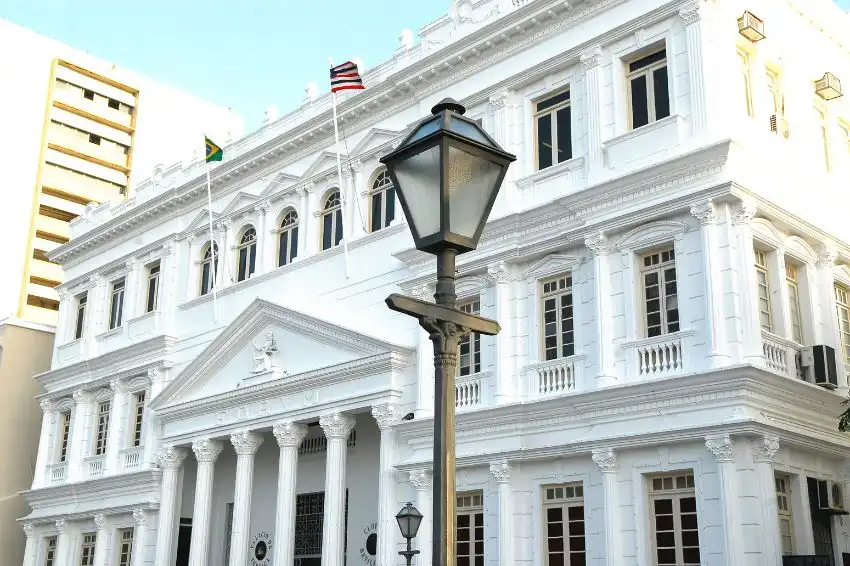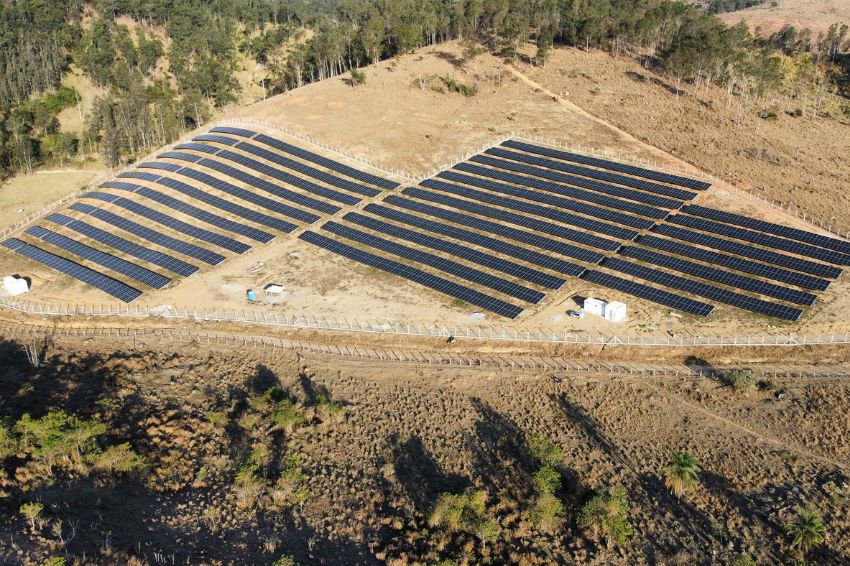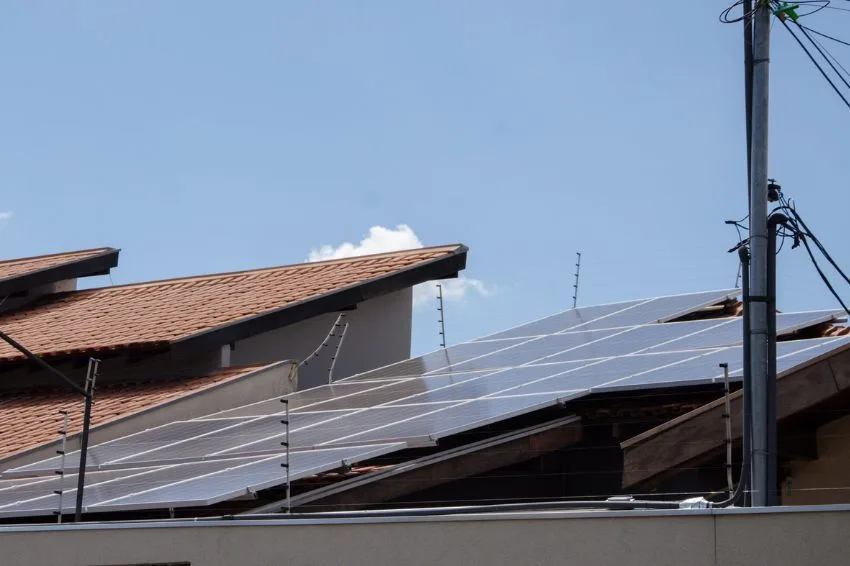A Copel (Companhia Paranaense de Energia) opened a public call notice to attract R&D projects (Research and Development) of technologies related to production of low-carbon hydrogen from biomass, biofuels and other organic waste.
The deadline for Proposal submission is February 28, 2023. In all, up to R$ 7.6 million will be allocated for the projects covered.
Interested parties must present projects that fit into at least one of the four lines of research defined in notice:
- Development of methodology for low-carbon hydrogen production;
- Search for innovative solutions for the logistics and distribution of low-carbon hydrogen;
- Search for innovative solutions for low-carbon hydrogen storage and;
- Search for innovative solutions for new applications and use of low-carbon hydrogen.
Moacir Bertol, general director of Copel Geração e Transmissão, states that the search for opportunities in this segment is one of the highlights of the company's planning for the coming years.
“We are attentive to new challenges and opportunities in the electricity sector and, without a doubt, low-carbon hydrogen, obtained using renewable energy, fits these characteristics. It is important that Copel masters this technology and contributes to Paraná emerging on the hydrogen route, generating environmental, social, technological and economic gains”, he points out.
Use of green hydrogen
Hydrogen is considered an energy source with great potential to diversify the Brazilian energy matrix and replace fuels produced from fossil and non-renewable sources, such as gas, gasoline, diesel and coal.
Hydrogen production can be done in different ways and using different energy sources. In the electrolysis process, for example, water molecules are separated into two hydrogen atoms and one oxygen atom.
The big issue is that this process for obtaining hydrogen consumes a lot of electrical energy. And, if the objective is to develop an alternative source of non-polluting fuel and reduce the emission of greenhouse gases, it is necessary that the electrical energy used in electrolysis comes from clean and renewable power plants, such as hydroelectric, solar, wind and biomass thermal plants, for example. In this case, the so-called low-carbon hydrogen, or “green” hydrogen, is obtained.
There is also a reforming process that uses biomass to obtain low-carbon hydrogen. “The use of biogas brings greater efficiency and lower costs in relation to electrolysis and also incorporates environmental and social attributes for the green hydrogen chain, in addition to taking advantage of the agricultural potential that the State of Paraná has”, explains the area manager of R&D+I at Copel Geração e Transmissão, Leandro Foltran.
According to him, the use of hydrogen has great potential in the production of nitrogen fertilizers, as Brazil imports around 80% of the total consumed. Considering that around 25% of Brazilian GDP is linked to the agricultural sector, this topic is strategic for Brazil.

















